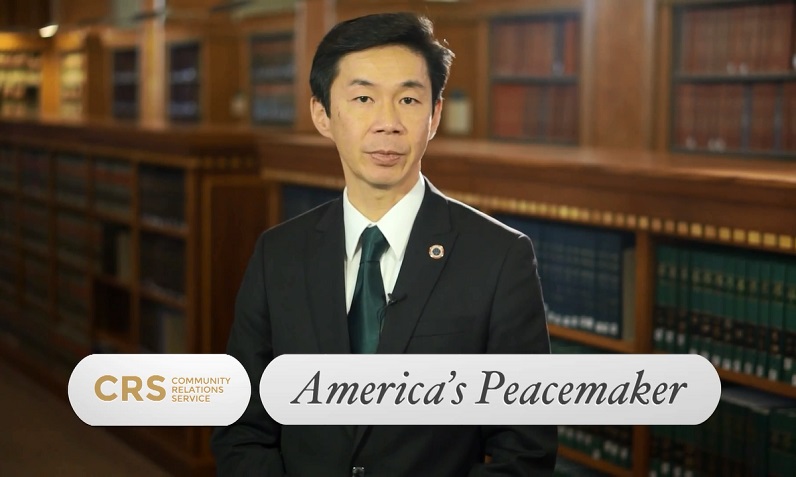We are excited to congratulate our friends at Penn State University’s McCourtney Institute for Democracy on the recent creation of the Nevins Democracy Leaders program – an innovative program that will expose more young people to “transpartisan” leadership and to the field of dialogue and deliberation. We couldn’t be more pleased to see this happening because the new program has NCDD written all over it.
 The McCourtney Institute is a key NCDD organizational member and partner – it was one of the generous All-Star Sponsors of this year’s National Conference on Dialogue & Deliberation, and it is headed by long-time NCDD member and D&D thought leader John Gastil, who has emceed not one, but two NCDD national conferences. In addition, the gift that made the Nevins Democracy Leaders program possible came from NCDD Sustaining Member David L. Nevins, who is the National Grassroots Coordinator of No Labels, one of the nation’s leading “transpartisan” organizations.
The McCourtney Institute is a key NCDD organizational member and partner – it was one of the generous All-Star Sponsors of this year’s National Conference on Dialogue & Deliberation, and it is headed by long-time NCDD member and D&D thought leader John Gastil, who has emceed not one, but two NCDD national conferences. In addition, the gift that made the Nevins Democracy Leaders program possible came from NCDD Sustaining Member David L. Nevins, who is the National Grassroots Coordinator of No Labels, one of the nation’s leading “transpartisan” organizations.
Most exciting for us is the fact that NCDD will be playing a role in the project’s pilot (and likely after that), to solicit applications from D&D organizations that are interested in being matched with top-notch interns from Penn State, and make recommendations to our colleagues at Penn State.
The new program is an exemplar of how our field’s leaders can collaborate to continue bringing “Democracy for the Next Generation” into reality. Take a look at how the program is described in a recent Penn State article:
The Nevins Democracy Leaders program, a signature initiative within The McCourtney Institute for Democracy, based in the College of the Liberal Arts at Penn State. The Nevins Leaders program will provide education and training in transpartisan leadership skills by exposing participants to a variety of philosophies, viewpoints and strategies; teaching the tools of critical thinking, deliberation and dialogue; and placing students in unique internship opportunities in democratic and civic renewal.
…Penn State students who serve as Nevins Democracy Leaders will participate in collaborative dialogues, meet with guest lecturers, and complete coursework to learn the skills of civil political discourse and critical thinking necessary for a problem-solving approach to governance and citizenship. Additionally, every Leader will gain practical experience, working as an intern with organizations and individuals, inside and outside government, that share a commitment to improving American politics such as the Aspen Institute, No Labels, or the Jefferson Center for New Democratic Processes. Each year, Leaders who have returned from their internships will share their experiences with the new group of students joining the program.
Certainly the new program will take time to start up, but we encourage our members looking for innovative solutions to our nation’s “wicked problems” and partisan gridlock to keep it mind because creating partnerships with leaders tackling these issues in the coming years will be of particular interest for the Nevins program:
John Gastil, director of The McCourtney Institute for Democracy, said, ”…The program will connect Penn State with leaders across the country who want to tackle the most vexing problems we face in society by working across party lines and bringing together people of diverse backgrounds to work together to find common ground and realistic solutions.”
With a program headed by such wonderful D&D leaders advancing key concepts and ideas from our field, we can’t wait to see how the Nevins Democracy Leaders program develops.
We encourage you to learn more about the McCourtney Institute and the new Nevins Democracy Leaders program by reading the full Penn State article, which you can find at http://news.psu.edu/story/336362/2014/12/04/academics/gift-business-executive-creates-nevins-democracy-leaders-program.
Congratulations to John, David, and the McCourtney Institute for Democracy on this wonderful step forward for yourselves and our field! We at NCDD are excited to continue working with you and the new young leaders you will surely be cultivating.





 As we hope you’ve heard by now, NCDD was honored to host
As we hope you’ve heard by now, NCDD was honored to host 
